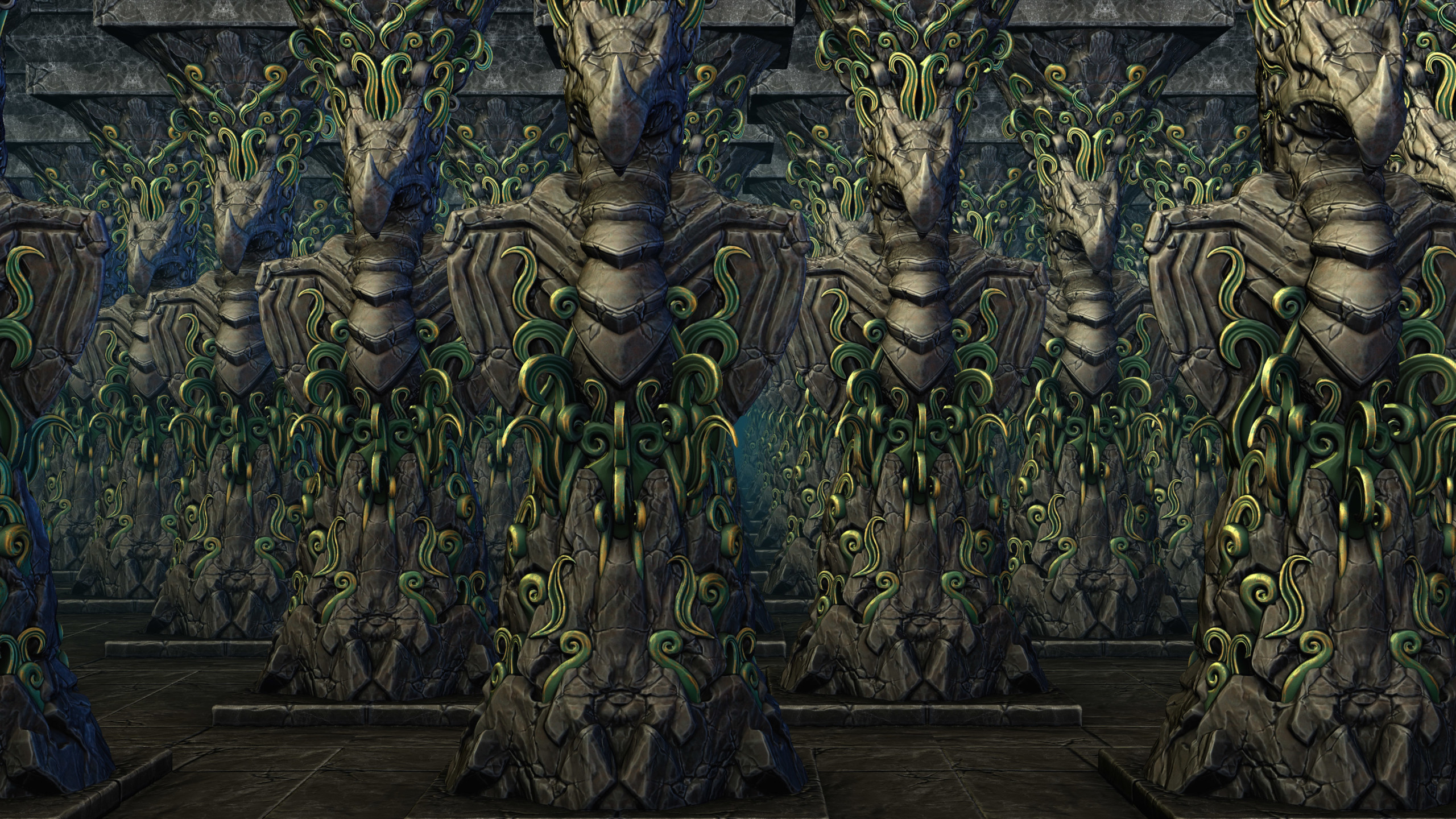Nvidia easily beats AMD in new 3DMark test of jaw-dropping tech for GPUs
Massive performance gains promised through mesh shaders in the future

Nvidia’s RTX 3080 easily beats AMD’s Radeon RX 6800 XT in a new mesh shaders test which has just been introduced to the 3DMark benchmarking suite – although the results for both GPUs are seriously impressive, pointing to some massive performance gains when this technology gets used by game developers in the future.
To put it in basic terms, mesh shading (which is in DirectX 12 Ultimate) is a feature which allows polygons that can’t be seen to not be rendered – it’s a new way of ‘culling’, as Nvidia put it when explaining this technique that it introduced support for with Turing GPUs in late 2018. The result is far less rendering is necessary, with no detriment to visual quality (because the polygons culled aren’t visible anyway) – so there’s a performance boost.
- These are the best processors
- And the best graphics cards out there right now
- Check out the top PC components
And a huge boost, going by the 3DMark test results, as shown by PC Gamer. The benchmark test renders a simple scene (a room with columns in it) first of all using traditional culling, and then the new mesh shaders.
Nvidia’s RTX 3080 managed 67 frames per second (fps) without mesh shaders, and a staggering 584 fps with mesh shaders turned on. AMD’s RX 6800 XT delivered just 28 fps beforehand, and a storming 468 fps with mesh shaders on (this is using the very latest AMD graphics driver – results for the 6800 XT were much poorer before that; in fact, half of the above figure).
So, Nvidia’s GPU managed a 25% performance boost over and above AMD’s card in using mesh shaders in this particular scenario, which obviously looks like a big win for Team Green. Even so, AMD’s result was still an incredible performance leap, and indeed compared to the default frame-rate without mesh shaders, the Radeon card actually boosted things up far more.
Top tech
The real takeaway here, then, is that mesh shading looks like a big win all-round – it’ll be no surprise to hear that Intel is already testing and working to hone this technology with its upcoming high-end gaming graphics card, too.
Naturally, we need to take the results from a single dedicated benchmark test with a great deal of caution, as they may not be fully representative of what we actually see when games are coded to use this fancy new mesh shading trickery.
Get daily insight, inspiration and deals in your inbox
Sign up for breaking news, reviews, opinion, top tech deals, and more.
That’s the other caveat here: it’s likely to be quite some way off before developers are making use of this feature, and even further off before it becomes a widespread proposition across the gaming industry.
Still, it’s coming, and looks seriously impressive going by these early results – just a bit more impressive for Nvidia than AMD currently. Not that this means a huge amount, really, given that it’s still very early days for mesh shading – but Team Green certainly appears to have another head start here (after DLSS, and ray tracing, of course).
- Check out all the best gaming monitors
Darren is a freelancer writing news and features for TechRadar (and occasionally T3) across a broad range of computing topics including CPUs, GPUs, various other hardware, VPNs, antivirus and more. He has written about tech for the best part of three decades, and writes books in his spare time (his debut novel - 'I Know What You Did Last Supper' - was published by Hachette UK in 2013).